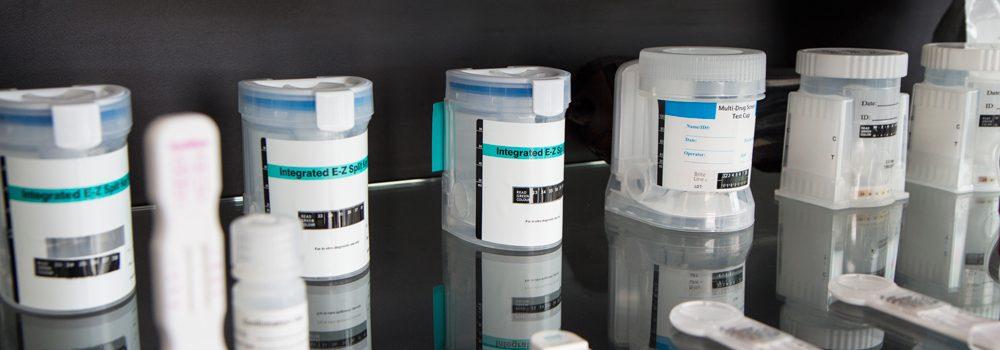For those managing high-consequence environments across Malaysia—from major construction sites to petrochemical facilities—workplace safety management requires proactive intervention. Impairment is a hazard that directly compromises safety, yet it is not always visible to the untrained eye.
The legal mandate for action is clear: The employer’s general duty under OSHA 1994, Section 15 requires employers to ensure, as far as practicable, the safety and health of all employees. This duty compels proactive measures to address suspected impairment.
Furthermore, Section 16 of said act requires employers to establish a written policy on the safety and health of their employees. This must also include a policy on drugs and alcohol to safeguard the wellbeing of those under the employer’s care.
Under DOSH’s framework for preventing and eradicating substance abuse at the workplace, it states that the employer needs to establish clear criteria to identify persons impaired by drug, alcohol or substance abuse. The pillars below will help supervisors recognise these signs and take action where necessary.
Three Pillars of Reasonable Suspicion
Supervisors must be trained to recognize and act upon objective evidence before requiring a test. This evidence falls into three main categories:
Behavioural indicators
Sudden, unexplained shifts in conduct or performance. Examples include unusual irritability, uncharacteristic aggression, withdrawal from colleagues, poor concentration, or excessive unpunctuality/absenteeism.
Physical signs
Observable physical manifestations of impairment. Examples include slurred or slow speech, unsteadiness when walking, tremors, bloodshot eyes, or the presence of unusual odours (e.g., alcohol).
Workplace events
Testing may also be done immediately following a near-miss incident, involvement in an accident, or observed violations of safety procedures (SOPs). This is to rule out impairment as the cause for any accidents.
Step-by-step procedure for managers
A correctly executed test ensures the process is legally defensible and protects the company against liability. Supervisors should follow this sequential protocol:
-
Observation and documentation: The supervisor must immediately and objectively document what they saw, when, and where. Avoid assuming the cause—simply record the observed impairment signs.
-
Confirmation by Second Witness: A second management representative (ideally HR or another supervisor) must confirm the observations. This step prevents bias and ensures the company's decision is objective.
-
Private Consultation: The employee must be taken to a private, confidential area. The supervisor informs the employee of the documented observations and the resulting requirement to undergo a test, clearly referencing the company policy.
-
Conducting the Test: The test must be carried out using certified, professional equipment.
-
Secure Documentation: If the result is positive, the administrator must immediately record the reading and secure the data. The ability to generate a hard-copy record is essential for the audit trail.
-
Transportation and Follow-up: The employee must be safely removed from duty. The company must offer safe transport home and outline the immediate next steps, including reference to the disciplinary process or mandatory EAP referral.
Legal and audit protection
A well-implemented reasonable suspicion program is a powerful demonstration of WHS due diligence.
-
Mitigating liability: By implementing and enforcing this transparent procedure, you significantly reduce legal liability should a subsequent incident occur, as you can prove you addressed a known risk immediately.
Read more: Alcohol testing laws in Malaysia: What employers should know. -
Defensible Evidence: The accuracy and certifiability of the equipment used—professional breathalysers and drug testing kits—are the only way to support the "reasonable suspicion" with objective, measurable data.
Assisting employees into rehabilitation
In the case of a non-negative test result, employees must understand that the aim of drug and alcohol testing is to identify people under the influence of dangerous substances to avoid danger and assist them into rehabilitation. Direct punishment for breaching policy may only serve to bring troubled employees further down the slippery slope of substance abuse.
Proactive intervention saves lives and minimizes financial risk. Training your safety personnel to confidently recognize and act on observable signs of impairment is one of the most effective WHS investments you can make.
Reach out to Andatech Malaysia for free consultation on implementing drug and alcohol testing in your organisation today.
Disclaimer: The information provided in this article is for general reference only. Please seek advice from professionals according to your business’s needs.
Written by Andatech Malaysia









